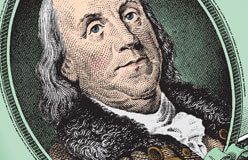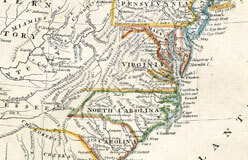What made Ben Franklin, who had only two years of schooling, a leading scientist of the eighteenth century?
The answer is simple. He was curious. Ben would ask, “Why does it do that?” or “How does that work?”
Gypsum is a chalklike substance. It is found in rocks. Ben saw that spreading gypsum on a field made grass grow greener. He suggested farmers put it on their crops. That’s why he gets credit for the idea of using artificial fertilizer. He was also one of the first to figure out why so many printers, painters, and plumbers were getting sick. They all had lead poisoning.
Why did it take so much longer to sail from Britain to America than the other way around? Ben wanted to know. So he asked whaling captains from Nantucket. They told him there was a fast current that runs through the Atlantic. We now call it the Gulf Stream. Franklin decided to chart this current. He crossed the Atlantic many times. As he did, he recorded the water temperature several times a day. He discovered that, “a stranger may know when he is in the Gulf Stream by the warmth of the water, which is much greater than that of the water on each side of it.”
Poor Richard Says: “No gains without pains.”
Here, Ben studies electrical attraction and repulsion. ▶
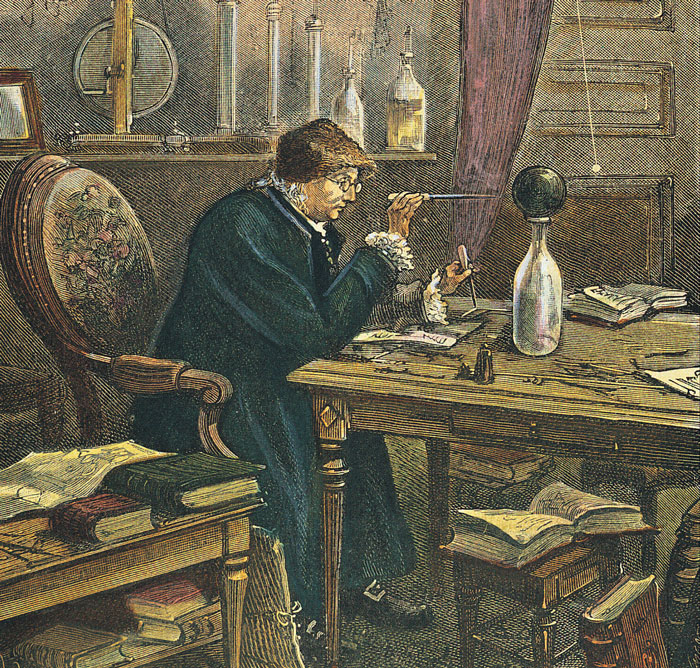
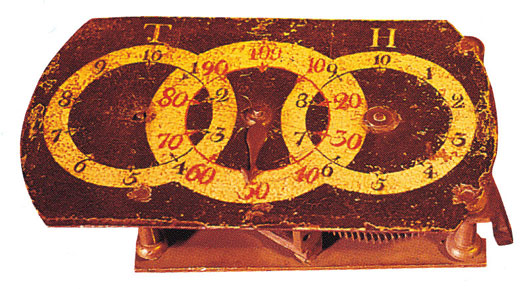
◀ Franklin is credited with inventing this odometer. When attached to his carriage, it showed how many miles he’d traveled.
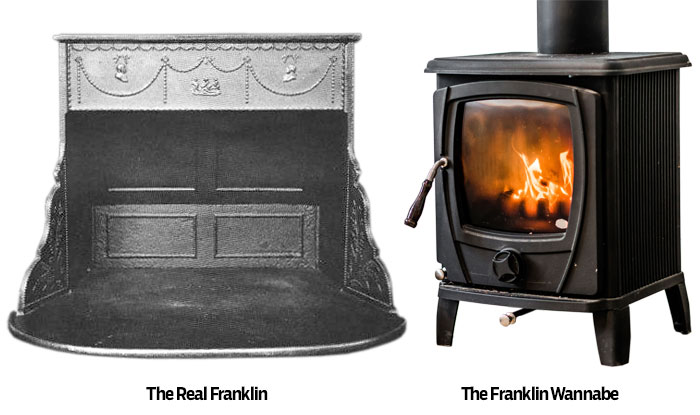
▲ Ben realized that heating an entire room with a fireplace was “next to impossible.” His solution: the Pennsylvania fireplace. It was an open iron box with air chambers on each side. The box fit into a fireplace and allowed more heat to enter a room. A scientist friend of his created a version called the Franklin stove. It can be found in many homes today.
Ben designed this generator, which produced static electricity. It was built from his plans. ▼
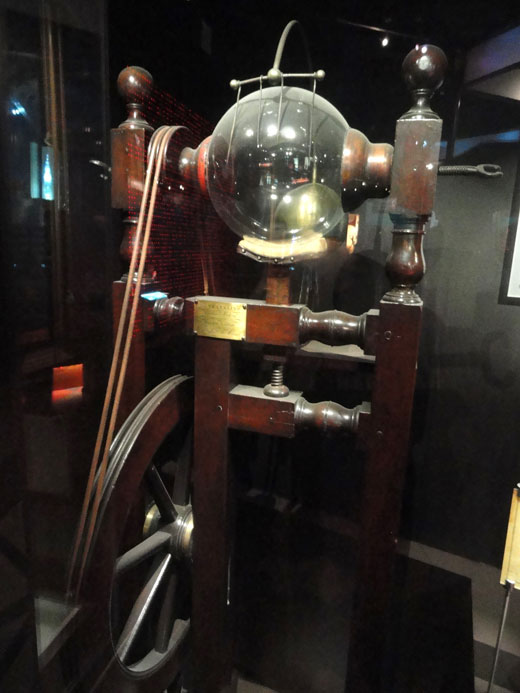

▲ After Ben saw a woven basket sprouting in a stream, he said: “This basket is alive!” He then showed others this new “tree.” Ben is credited with bringing willow trees to North America.
Franklin said he developed a smokeless candle. He also invented a candle made from whale oil. It burned brighter and lasted longer than wax candles. He also said this candle left no grease spots when it dripped. ▶
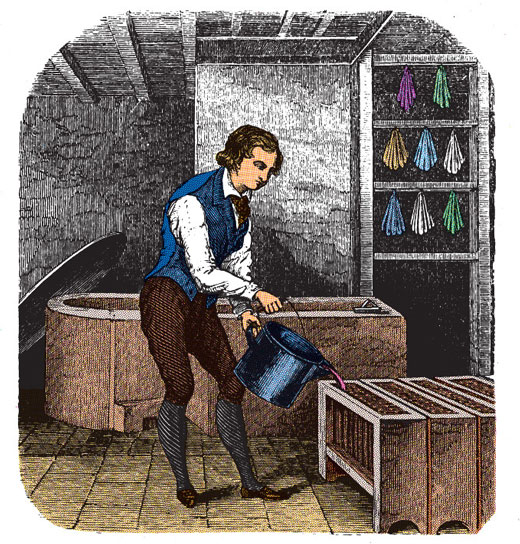

Check It Out!
Franklin proved that darker cloth took in more heat than lighter cloth by performing a clever experiment on a sunny winter day. How do you think he did it?
He laid squares of different colored cloth on the snow-covered ground. The darker the cloth was, the faster the snow under it melted.
